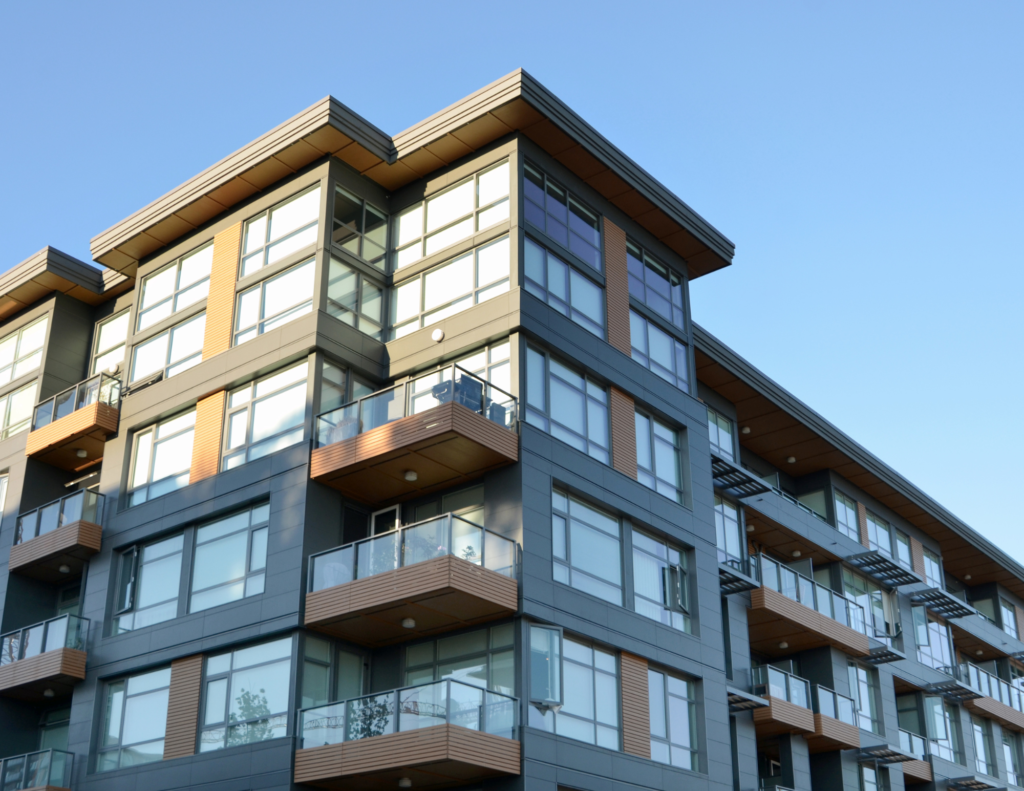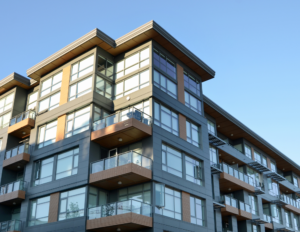Investors continuously search for potential investment opportunities that’ll help them expand their portfolios and generate long-term wealth. Once individuals identify how and where to focus their efforts, they must methodically work to gain the maximum return on investment (ROI).
Although putting a sizable percentage of capital into a well-performing market sector may seem advantageous, it’s important to remember the concept of volatility – industries experiencing a healthy growth rate can quickly begin to underperform with even the slightest change in the economy.
Financial advisors usually encourage individuals to diversify their portfolios to help safeguard an investor’s portfolio and reduce their risk exposure. Whether spreading investments across various asset types or within a specific category, this can help investors better manage their portfolio’s performance.
When it comes to real estate, there are many ways that individuals can get involved – they can invest in multifamily properties, office spaces, retail centers, etc.
For investors looking to grow their wealth over time and limit their exposure to the market’s inherent risks, multifamily real estate investing may be the best way forward. Not only does the multifamily sector offer specific benefits, but it’s an easy and effortless way to promote diversification.
Diversification Through Multifamily Investments
Multifamily investing is an excellent option for building a real estate portfolio. Rather than relying on single-family homes or other types of properties, this type of investment pinpoints apartments, buildings, or complexes with multiple units – they are often known for producing higher incomes and being less prone to vacancies.
Diversification is essential when it comes to multifamily real estate investing, and real estate private equity firms and syndicators need to work alongside their investors to ensure they’re maximizing their ability to achieve this. Here are some ways to diversify within the multifamily sector:
Focus on Different Asset Classes
Not all multifamily are created equal. They cater to a unique set of renters and provide investors with different opportunities to grow their capital. The four main types of asset classes in multifamily real estate include:
Class A Properties: These upscale and luxurious properties are typically less than 10 years old and cater to individuals who are purposefully looking to rent rather than buy. Located in desirable neighborhoods, these rental units have high rates. Class A properties attract investors due to their high valuations per unit, low market cap rates, and appreciation.
Class B Properties: This property class consists of well-maintained buildings and complexes between 10-25 years old, and primary occupants include middle-class, white- and blue-collar workers. Because of their appreciation value, they produce more cash flow and higher cap rates than those in Class A.
Class C Properties: Home to low- to moderate-income long-term renters, these properties are often 30-40 years old. Despite lower rental rates, they produce the best cash flow for investors and are among the first to appreciate in a rising market.
Class D Properties: Mostly located in low socioeconomic neighborhoods, these properties are over 40 years old and are part of Section 8 investing.
Each multifamily asset provides its unique benefits and can attract an array of different investors.
Build New Properties
Purchasing existing properties may seem like the most viable option when it comes to building a real estate portfolio. However, developing multifamily properties from the ground up gives investors more control over the whole project. Individuals can give input on location, budget, design, and construction team topics.
Whether they choose to build apartment buildings, townhouses, or duplexes, they can closely monitor the allocation of their funds and see that their investment comes to fruition.
Invest in Condominiums
Multifamily real estate investing extends beyond traditional apartment buildings. Condominiums are ideal for investors looking to lower their overall expenses while still providing value for tenants. Not only do condominiums cost less than the average single-family home, eliminate any external maintenance on the part of the investor, and produce a healthy cash flow, but they offer an array of amenities such as gyms, pools, basketball courts, etc.
However, it’s important to note the disadvantages of this type of residential real estate development –individuals may be subject to association fees and rental restrictions.
Diversify Portfolio Investments With D3 Real Estate Group
Optimizing portfolio and wealth management heavily depends on diversification, and real estate sponsors can help investors achieve it. Contact D3 Real Estate Group today to learn how to diversify within your multifamily investments and work towards future success.




